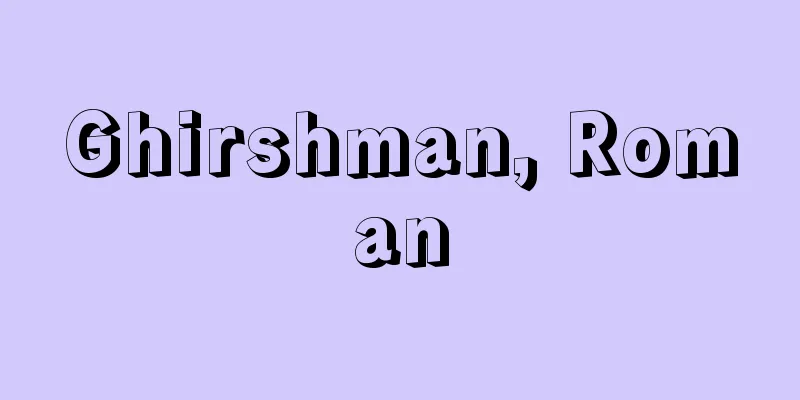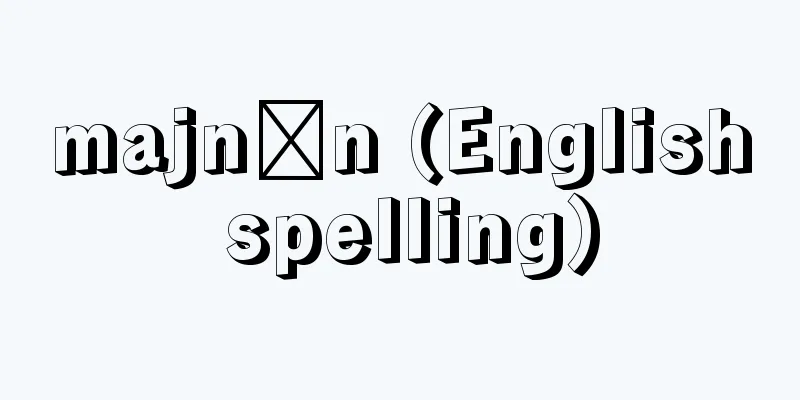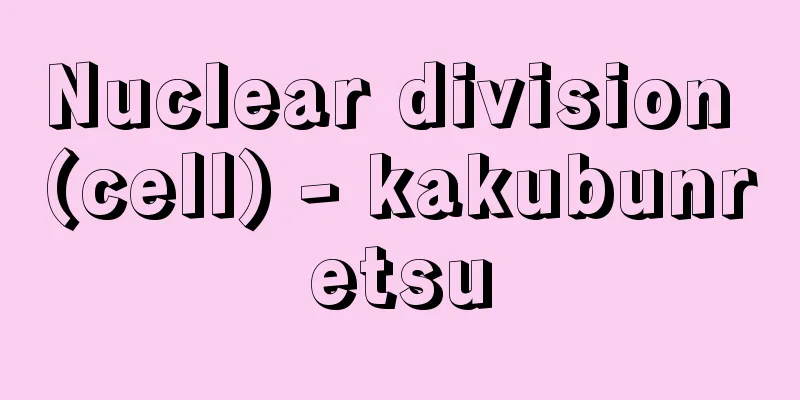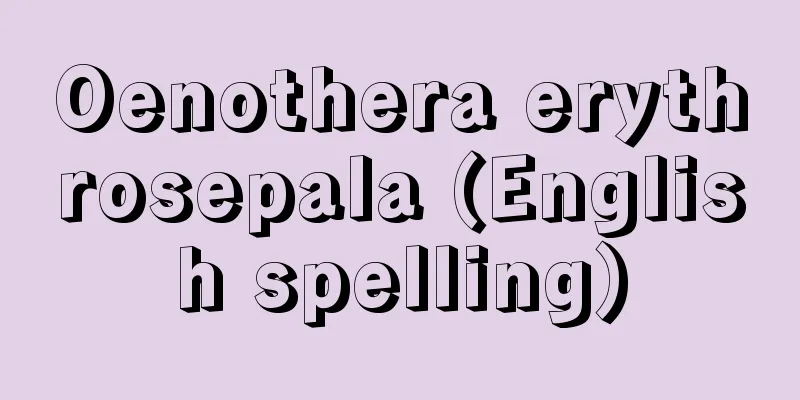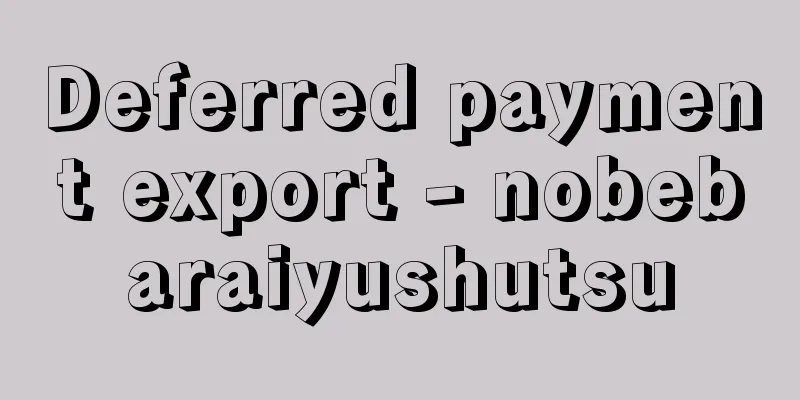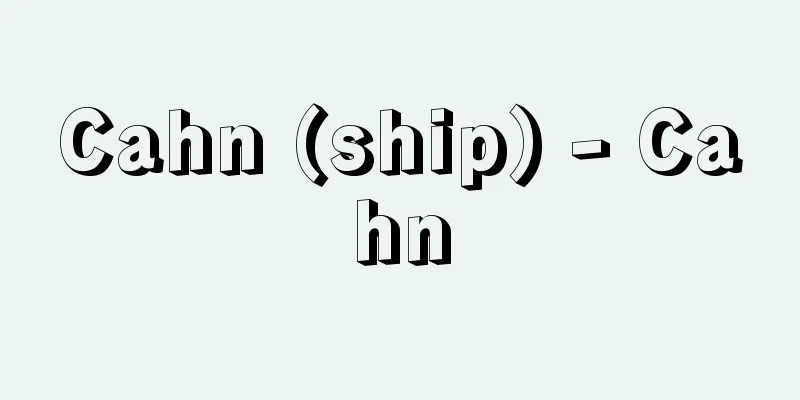Genna Tsuho

|
Silver and copper coins (1 mon in value) minted by the Edo Shogunate around 1617 (Genwa 3). The silver coins were made to commemorate celebratory occasions, imitating the Yongle Tsūhō silver coins, while the copper coins were intended for general use. In terms of casting techniques, the copper coins were superior to the Keichō Tsūhō large-sized coins, and the amount minted was greater than that of the large-sized coins, making them relatively close to the later Kan'ei Tsūhō. They are believed to have been minted in Edo or the surrounding area, with the most likely origin being Mito. [Sakudo Yotaro] Source: Heibonsha World Encyclopedia, 2nd Edition Information |
|
1617年(元和3)ころ江戸幕府により鋳造された銀貨と銭貨(銅貨。1文通用)。銀貨は永楽通宝銀貨を模倣した慶事記念用のものであったが,銭貨は一般の通用を目的としていた。銭貨は鋳造技術からみて,慶長通宝大形銭よりもすぐれ,鋳造量も同大形銭よりも多く,のちの寛永通宝に比較的近い。鋳造地は江戸かその周辺とみられ,水戸説が最も有力視されている。【作道 洋太郎】
出典 株式会社平凡社世界大百科事典 第2版について 情報 |
Recommend
The Great Bungo-Choshu Rebellion
A peasant uprising occurred in the Choshu domain d...
Bribery by fraud - ouhoushuwaizai
...(5) A person who accepts a bribe for himself o...
Kinkin Sensei Eiga no Yume - Kinkin Sensei Eiga no Yume
Yellow cover. 2 volumes, 2 books. Written and ill...
Three Bodies - Sanbo
Three learned people with the character "fusa...
A story of complaints - Iguchi Monogatari
A kana zoshi (traditional Japanese story). Written...
Phacus
...Because this individual can grow and multiply ...
Potassium cyanide
A cyanide of potassium. It is commonly known as p...
Toyohashi Main Line - Toyohashi Main Line
The name of the Kyushu Railway Company's trac...
Matsuki family
(1) The Matsuki clan is a court noble family. It i...
Labor practices
There are cases where certain facts or actions hav...
Yanagidaru - Willow barrel
A collection of senryu-style mad poems from the Ed...
Meade, James Edward
Born: June 23, 1907, Swansea [Died] December 22, 1...
Sunset - Yuuyake
This phenomenon occurs when the western sky turns...
Coronary Circulation
...Clinically, this leads to the development of a...
Sawshark - Sawshark
A general term for a family or genus of the order...
